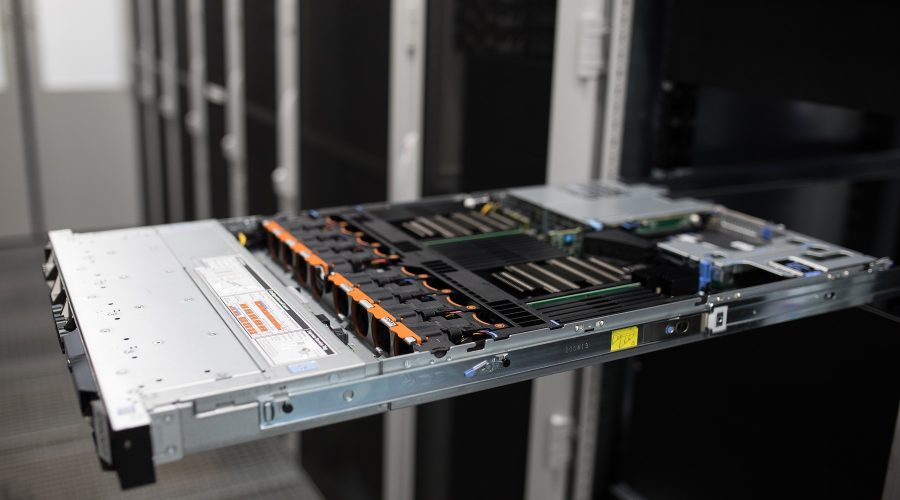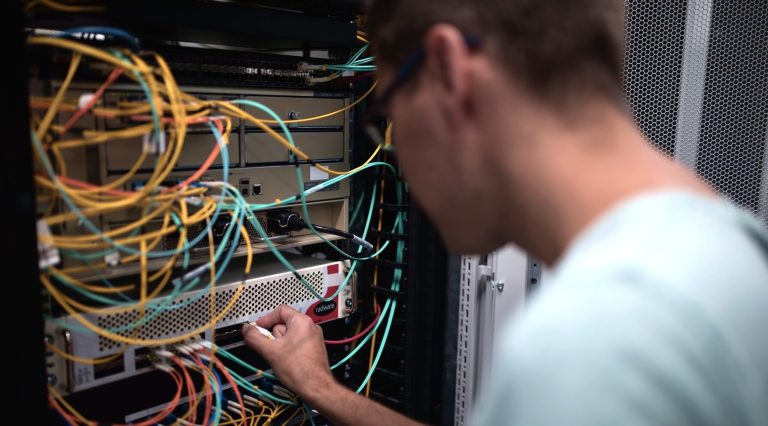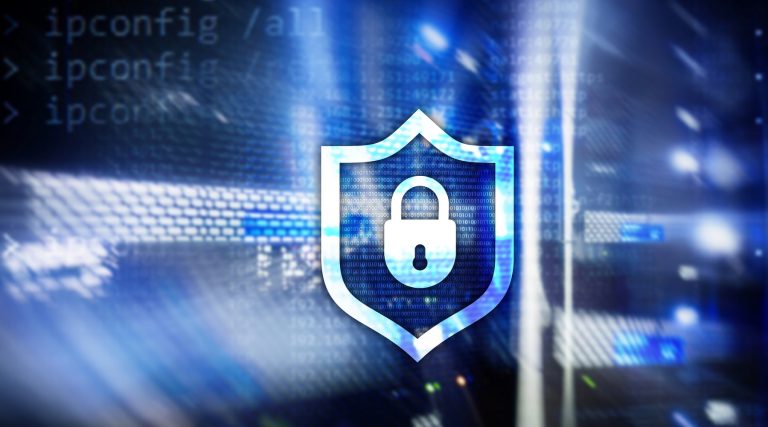NVMe SSDs: Selection, Usage, And Other Tips For Optimising Server Performance
NVMe SSDs dramatically increase a server’s performance. When selecting them, you will be primarily interested in their read and write speed, bandwidth, and capacity, but what should you look for, and how do you use them effectively? The following article outlines what NVMe SSDs are, together with other tips for increasing your server’s performance and availability.

NVMe SSDs have been available on the market since 2011, and the latest fourth generation achieves read and write speeds of 7 GB/s.
NVMe SSD drives are also designed for higher transfer speeds. Therefore, they are typically used for enterprise technology operations. In addition, they support systems with high performance and processing speed requirements.
Massive Performance With NVMe SSDs
A dedicated server equipped with Gen3 or Gen4 NVMe SSDs will increase a database’s response and improve your customers’ user experience. Combined with any RAM size and number of CPUs, MasterDC will prepare your server for immediate use and provide management.
When To Choose NVMe SSD For A Server
NVMe SSDs are used in many cases for personal devices. For example, they are suitable for gaming computers, users who work with 3D graphics, or those who edit video content. They have also become the standard for multiple data processing, especially when running corporate systems. They support efficient CPU and GPU usage as well as multiple connection formats, particularly the M.2, U.2, and the current frequently discussed EDSFF formats (Enterprise and Data Centre Standard Form Factor).
What Is EDSFF And How Is It Performing In The SSD Drive Market
A less common connection format for NVMe SSDs, the EDSFF, is specifically designed for enterprise solutions and data centres. Better thermal protection, dynamic capacity ranges, and ease of use particularly characterise EDSFFs. It also includes the E1.S, E3, and E1.L sub-formats. According to Trendfocus, a company that tracks and researches storage trends, the EDSFF format is expected to grow in use over the coming years, along with U.2. However, the M.2 format is expected to be phased out.
If you are considering NVMe SSDs for your solution, you will need to consider the type of connection for your specific server, in addition to the capacity, IOPS, and MB/s bandwidth. Of note, not all devices are compatible with NVMe SSDs. Equally, you also need to consider the software that will run on the server. Software not optimised for NVMe SSDs will not be able to take advantage of their potential, but a larger investment in a faster drive may not be worthwhile.
Due to the required data’s read and write speed, the number of requests processed in parallel is also increasing. Therefore, NVMe SSDs will, for example, support database system agility, resulting in a better user experience. In addition, higher durability, lower power consumption (compared to HDDs), and lower failure rates support the lifespan of the database and positively impact the overall cost of operating it.
Equally, the latency level is crucial for web application database systems as it directly relates to the application’s response time. Therefore, the latency of a web application should be as low as possible, which can be achieved by equipping the server with NVMe SSDs. Furthermore, unlike SATA drives, NVMe SSDs do not contain moving parts that can become mechanically damaged, thus increasing reliability.
NVMe SSDs are also recommended if you plan on using software-defined storage, such as Ceph or vSAN storage, which is also suitable for microservices-based infrastructure. Container orchestration, e.g., via Kubernetes, also requires high transfer rates as well as a large number of I/O operations per queue.
For the VMware virtualisation platform, where MasterDC operates its cloud hosting service, we have chosen the extremely powerful Gen4 NVMe SSDs.
Speed And Performance Depend On The Infrastructure
The downside of NVMe SSDs is that they can expose infrastructure vulnerabilities. For example, some parts of the network may struggle with lower transfer speeds or throughput, which can result in sub-optimal performance use that an NVMe SSD would otherwise provide to the server.
For NVMe SSD use, you will also need the correct version of the controller in your system. The selected RAID type is also important. For example, RAID 0 will maximise performance, which is especially suitable for non-critical data. However, data is written to the drives intermittently, and data corruption can occur if one drive fails. On the other hand, RAID 5 or RAID 10 will ensure good performance and redundancy. Software RAID is also generally recommended for a local storage system.
More Tips For Optimal Server Performance
High server performance is not defined by a single indicator, such as the type of disks chosen, but by several factors whose combination corresponds to the specific use case. For example, you will be interested in different indicators for a database server and others for a mail server.
- Server Configuration: Before purchasing a server, carefully consider its parameters – the number of CPUs, memory and disk space size, the bandwidth required, and the operating system. These parameters must meet the current requirements of the company or product, as well as reflect future developments.• Server Configuration: Before purchasing a server, carefully consider its parameters – the number of CPUs, memory and disk space size, the bandwidth required, and the operating system. These parameters must meet the current requirements of the company or product, as well as reflect future developments.
- Software Update And Hardware Maintenance: Regularly update the operating system and software tools. Follow new tool versions, recently discovered vulnerabilities and developer recommendations. Of course, the main disadvantage of a physical server compared to a cloud server is that it requires hardware maintenance, upgrades of individual components and, in extreme cases, the replacement of the entire device.
- Monitoring: You will be able to react flexibly to the cases mentioned above if you are alerted to the problems in time. There are many high-quality monitoring tools, many of which are open-source, such as Icinga or Zabbix. For example, you can run monitoring on a smaller virtual server in addition to your own servers. Where running a full monitoring tool is not worthwhile, typically when running server units, it is more convenient to get monitoring in the form of a service.
- Monitoring Metrics: Set thresholds and priorities for monitored assets. For example, a low-priority threshold for the CPU could be 80% utilisation and a high priority could be set at 95%. The CPU should not use almost full power for too long.
Continuous monitoring is also the most effective for stabilising performance. By monitoring your server and infrastructure, you can monitor resource utilisation and identify major causes of performance degradation in time.
Furthermore, you can delegate responsibility to the provider for monitoring, patching, and regular updates, as well as the initial setup and performance optimisation. MasterDC offers dedicated servers in any configuration with powerful third and fourth-generation NVMe SSDs. Proactive resource utilisation monitoring, immediate response to problems, and regular system updates equal a carefree server operation, which our MasterDC administrators assure within a managed server.



